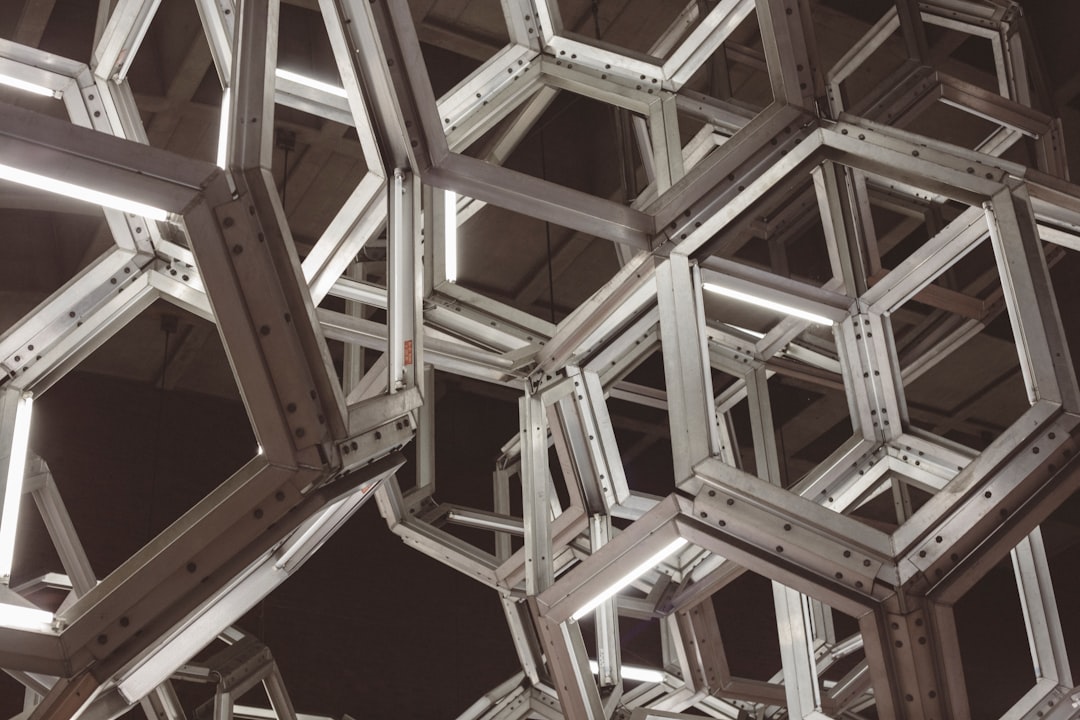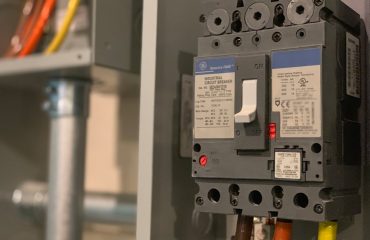body {
font-family: sans-serif;
line-height: 1.6;
}
h1, h2, h3 {
color: #333;
}
img {
max-width: 100%;
height: auto;
display: block;
margin: 20px auto;
}
Harnessing the power of the sun requires more than just solar panels. A robust and reliable mounting system is the crucial foundation upon which your entire solar energy setup rests. This comprehensive guide explores the various types of solar mounting systems, their installation considerations, and the factors that influence the best choice for your specific needs.
1. Understanding the Different Types of Solar Mounting Systems
Solar mounting systems are broadly categorized based on their installation location: roof-mounted, ground-mounted, and pole-mounted. Each type presents unique advantages and disadvantages.
Roof-Mounted Systems:
These are the most common type, further divided into:
- Rack Mounting Systems: These systems use rails and clamps to secure panels directly to the roof. They are versatile, suitable for various roof types (tile, shingle, metal), and relatively easy to install. However, they require a sturdy roof structure.
- Integrated Mounting Systems: These systems integrate the mounting hardware directly into the solar panel or the roof itself. They offer a sleek, aesthetically pleasing appearance but can be more expensive and less flexible.
- Flashing Mounting Systems: Crucial for watertight seals around panels, these systems prevent leaks. Proper flashing is essential for longevity and roof protection.
Ground-Mounted Systems:
Ground-mounted systems are ideal for large-scale solar farms or situations where roof mounting is not feasible. They involve mounting panels on a structure fixed to the ground, often using adjustable racking for optimal sun exposure. They require significant land area but offer greater flexibility in panel arrangement and orientation.
Pole-Mounted Systems:
Pole-mounted systems are often used for residential or small commercial applications where roof or ground mounting is impractical. Panels are mounted on poles, which can be adjusted for optimal angle and height. They are a good compromise between ground and roof mounting, offering versatility and relatively easy installation.
2. Factors Influencing the Choice of Mounting System
Selecting the right mounting system involves careful consideration of several key factors:
- Roof Type and Condition: The structural integrity of your roof, its material (tile, shingle, metal), and its slope are crucial determinants. A professional assessment is often necessary.
- Panel Type and Size: Different panels have varying weight and dimensions, impacting the mounting system’s design and load-bearing capacity.
- Local Building Codes and Regulations: Compliance with local building codes and permits is mandatory and should be addressed early in the planning process.
- Environmental Factors: Wind load, snow load, and seismic activity in your area significantly influence the design and strength requirements of the mounting system.
- Budget and Aesthetics: Cost is a major factor, with different systems offering varying price points. Aesthetic considerations also play a role, particularly for residential installations.
3. Installation Considerations and Best Practices
Proper installation is paramount for the safety and efficiency of your solar energy system. Key considerations include:
- Professional Installation: Hiring experienced and certified installers is crucial to ensure proper design, installation, and compliance with safety standards.
- Grounding and Electrical Connections: Correct grounding and electrical connections are essential for safety and optimal performance. Improper wiring can lead to fire hazards and system failure.
- Structural Integrity: The mounting system must be robust enough to withstand environmental stresses and ensure the long-term stability of the solar panels.
- Regular Maintenance and Inspection: Periodic inspections and maintenance are vital to identify and address any potential issues, ensuring the longevity and efficiency of your solar energy system.
- Permitting and Inspections: Obtaining necessary permits and undergoing inspections are crucial for compliance with local regulations and ensuring the safety of your installation.
4. Materials Used in Solar Mounting Systems
The materials used in solar mounting systems are critical for durability and longevity. Common materials include:
- Aluminum: Lightweight, corrosion-resistant, and relatively inexpensive, making it a popular choice for many applications.
- Stainless Steel: Offers superior strength and corrosion resistance, making it ideal for harsh environments.
- Galvanized Steel: Provides good corrosion protection but may be heavier than aluminum.
- Other Materials: Depending on the specific application, other materials such as concrete, wood (for ground mounts), and specialized polymers may be used.
5. Choosing the Right Installer for Your Solar Mounting System
Selecting a qualified and reputable installer is crucial for a successful solar energy project. Look for installers with:
- Experience and Expertise: Choose an installer with a proven track record and experience in installing various types of mounting systems.
- Certifications and Licenses: Ensure the installer is properly licensed and certified to work with solar energy systems in your area.
- Insurance and Warranties: Verify that the installer has adequate insurance coverage and provides warranties on their workmanship and materials.
- Customer Reviews and Testimonials: Check online reviews and testimonials to gauge the installer’s reputation and customer satisfaction.
- Clear Communication and Transparency: Choose an installer who communicates clearly, provides detailed quotes, and is transparent about the entire installation process.
By carefully considering these factors, you can ensure that your solar mounting system provides a solid, safe, and efficient foundation for your solar energy investment for years to come.
Tags: solar mounting systems, solar panel installation, roof mounting, ground mounting, pole mounting, solar energy, renewable energy




